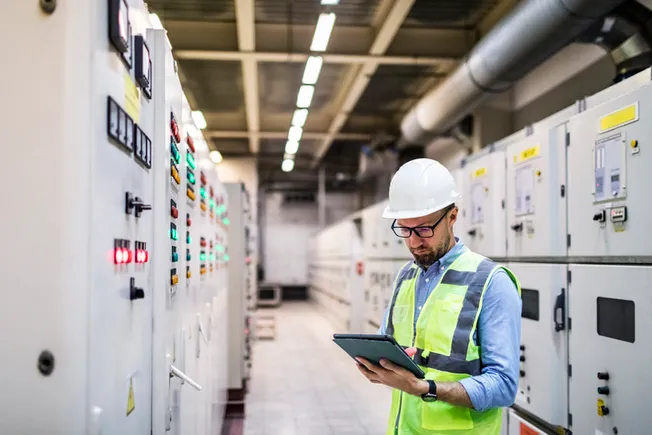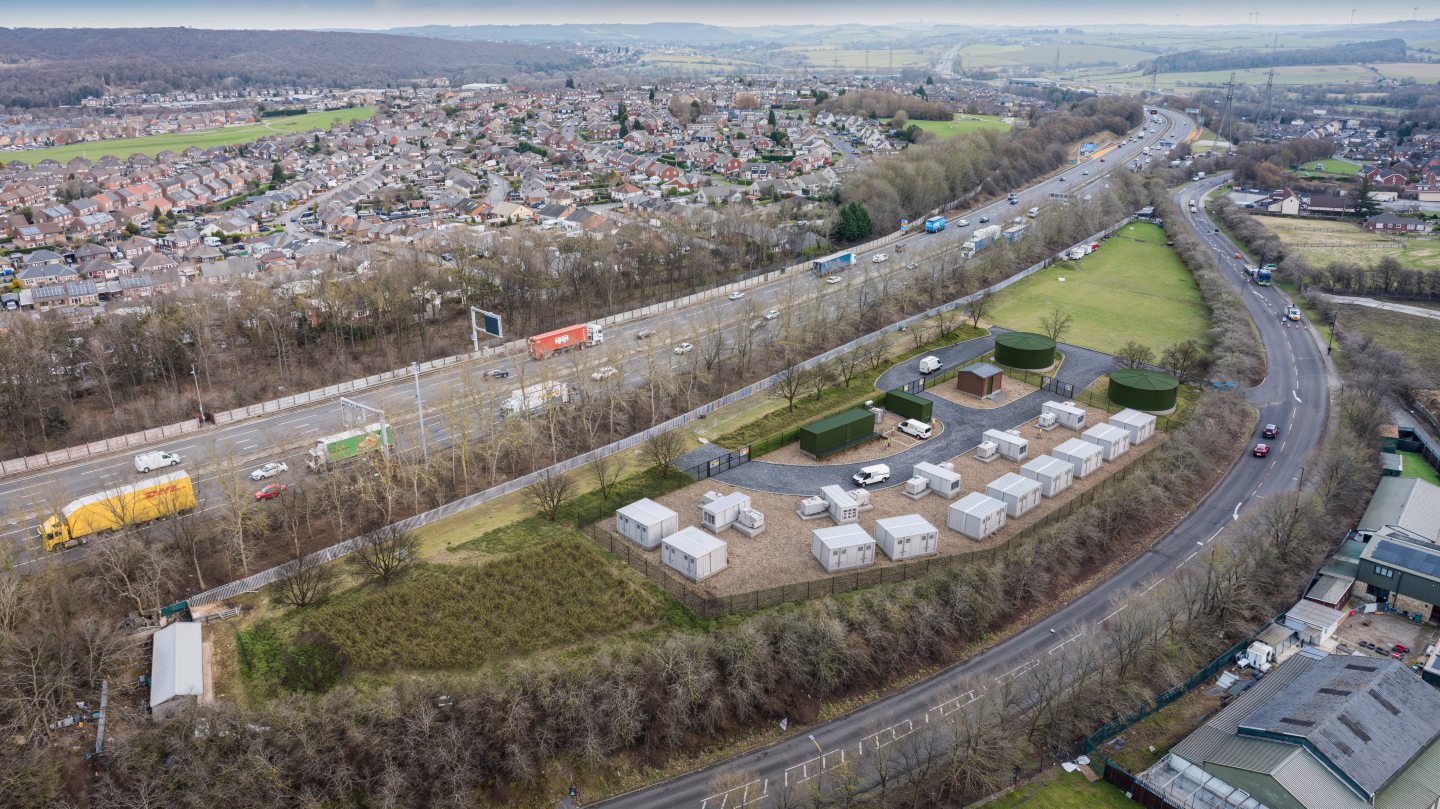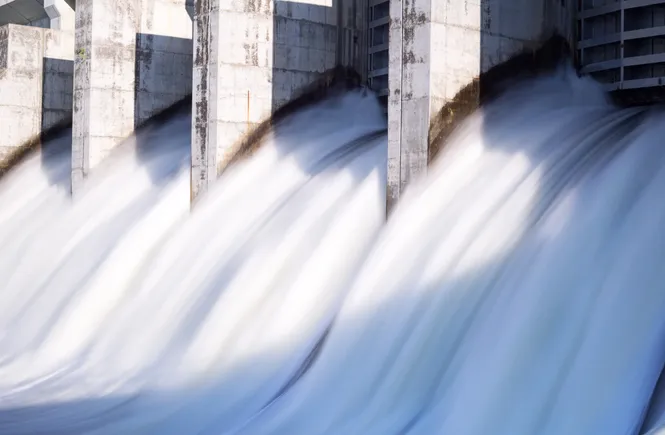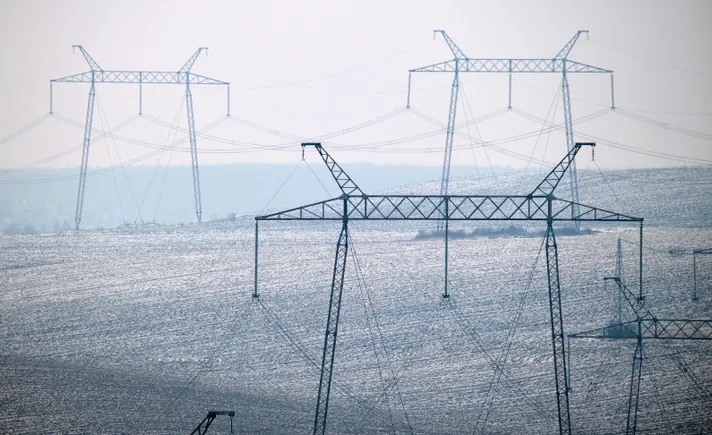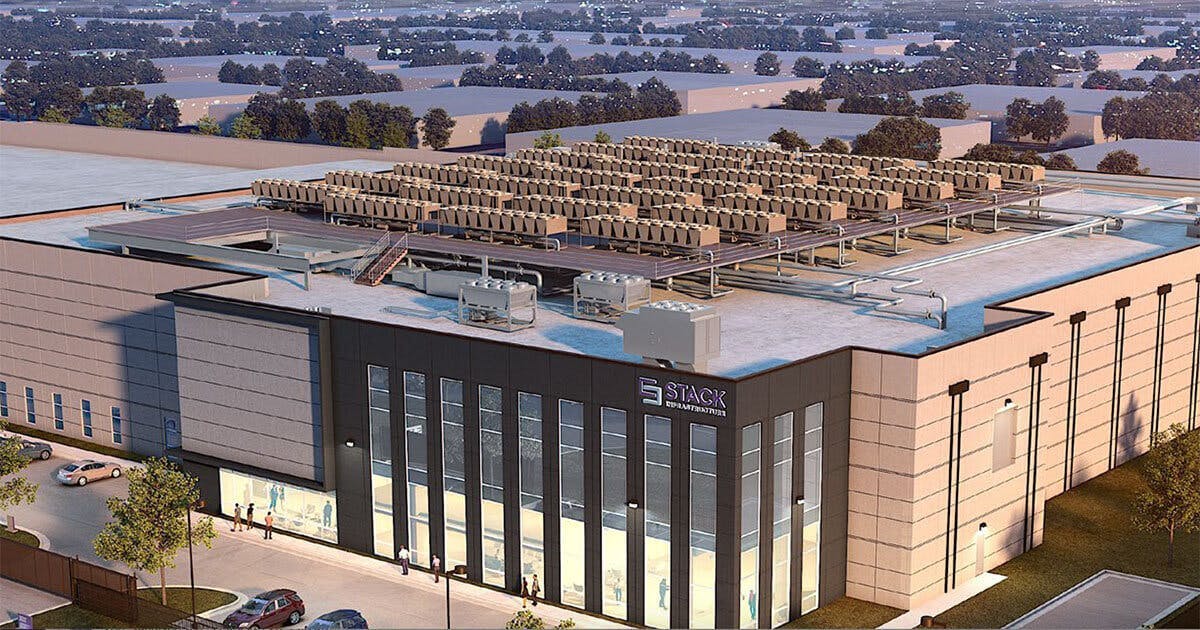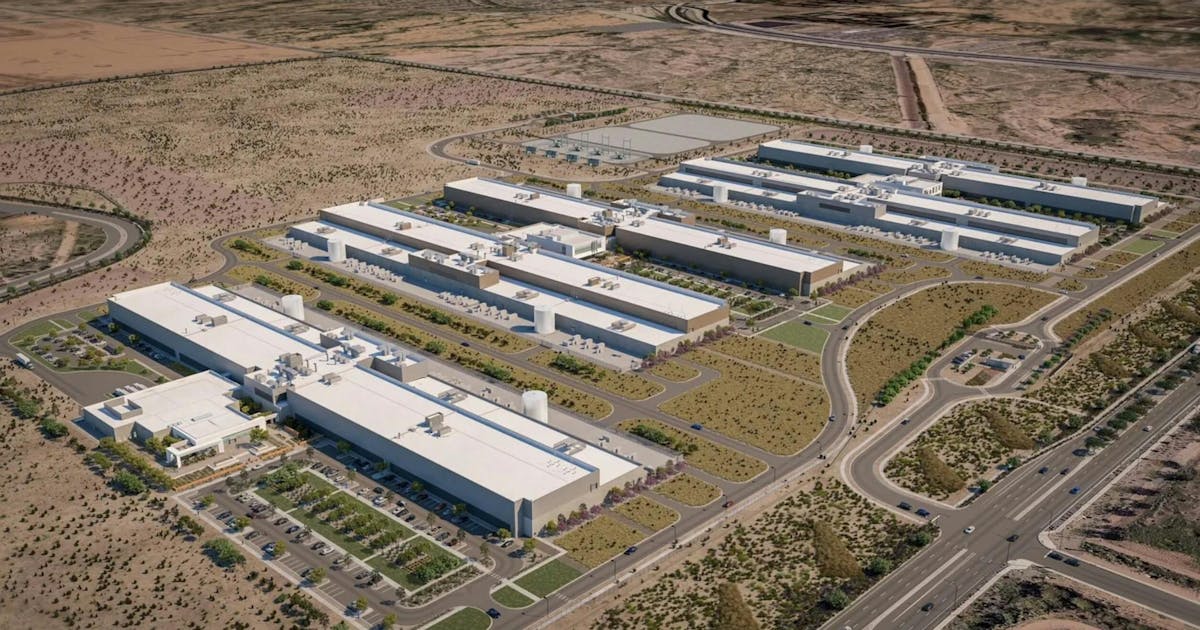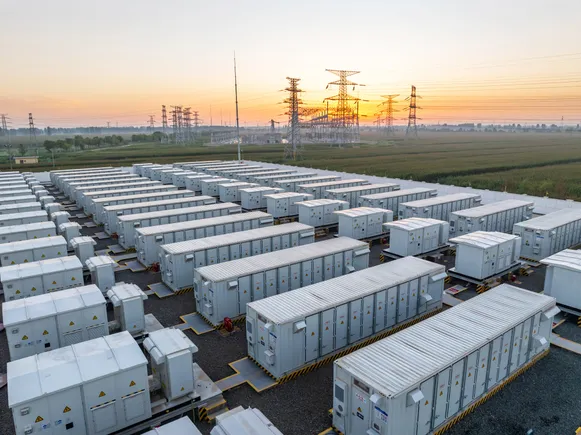
Dive Brief:
- The New York State Public Service Commission has approved the state’s retail and residential energy storage implementation plan, a significant step in its effort to reach 6 GW of energy storage by 2030.
- The Feb. 13 order approved a framework to reach the state’s retail storage deployment goal of 1,500 MW and its residential storage deployment goal of 200 MW. It also includes incentives for resources participating in the New York Independent System Operator’s distributed energy resources program to also be eligible for the retail storage incentive, the PSC said.
- The plan was approved as a new forecast by Aurora Energy Research shows New York falling “marginally short” of its 2030 energy storage target despite an expected deployment surge in the late 2020s, but reaching 30 GW of deployed storage capacity by 2050.
Dive Insight:
New York’s 6-GW 2030 goal will “support a buildout of storage deployments estimated to reduce projected future statewide electric system costs by nearly $2 billion, in addition to further benefits in the form of improved public health because of reduced exposure to harmful fossil fuel pollutants,” the PSC said in announcing the order.
The 6-GW goal represents a doubling of the previous 2030 goal of 3 GW. It envisions 1.7 GW of new retail and residential storage plus 3 GW of new bulk storage added to about 1.3 GW of existing storage assets being procured by or under contract with the state as of April 1, 2024, the PSC said on Feb. 13.
Following the adoption this month of its retail and residential implementation plan, the New York State Energy Research and Development Authority expects to make the first of three annual bulk storage solicitations by the end of June for deployment in 2027 and 2028. It plans subsequent storage solicitations in 2026 and 2027 for deployment in 2028 through 2030.
New York has 430 MW of operational battery energy storage capacity as of January, most of it in the central and downstate regions, according to the Aurora report.
Though the average project is 2.5 hours, durations range from 15 minutes to 8 hours, indicating “the state is still trying to figure out the role batteries are going to play,” said Julia Hoos, Aurora’s head of USA East. Shorter-duration batteries generally perform ancillary grid services, while longer-duration installations fill capacity and reliability needs, she said.
Following NYISO’s implementation of Federal Energy Regulatory Commission Order 2023, batteries make up nearly half of the 60 GW of projects in its cluster study process, which evaluates projects in groups rather than individually. Batteries also account for 2.5 GW of capacity remaining in the main interconnection queue, according to the Aurora report. Fifty-five percent of main-queue capacity is expected to come online in 2027 and 2028, and 70% is slated for the congested New York City and Long Island grids, Aurora said.
While the main NYISO interconnection queue is proportionally smaller than the nationwide queue, where capacity awaiting interconnection exceeds total installed capacity, New York’s queued storage projects are generally less speculative, Hoos said.
“If they’re in the queue right now, they’re pretty mature and likely to come online,” she said.
New York must deploy new energy storage resources at scale to zero out power-sector emissions by 2040, as required by state law, Hoos said. By then, Aurora’s “merchant base case” scenario envisions 30 GW of flexible resources — including batteries and thermal peaking resources — supplying New York’s grid alongside 17 GW of offshore wind capacity.
A slower-than-expected ramp for the offshore wind industry may require heavier state support for longer-duration energy storage resources to meet the state’s storage goals, Hoos said. But even in a scenario where offshore wind development continues apace, its comparatively steady generation profile — with lower intraday volatility — makes the case for merchant energy storage less appealing than in solar-saturated markets like California and Texas, necessitating continued reliance on capacity markets and state offtake through the competitive Index Storage Credit mechanism, she added.
Nevertheless, “many of the developers we work with are starting to believe there’s a merchant or uncontracted case [for battery storage] downstate in the next couple of years … especially with less transmission being built between upstate and downstate,” Hoos said.
In December, New York and members of a public-private joint venture mutually agreed to cancel their contract for a 175-mile transmission line slated to bring nearly 5 GW of zero-emissions power into New York City by 2027.
At the same time, storage developers are pursuing “more creative solutions” for utility-scale storage deployments, like Arclight’s planned 15 MW/60 MWh battery installation replacing a retiring thermal unit at the Arthur Kill power plant on Staten Island, Hoos said.
“They have to build something, and they’ve said they don’t want it to be gas,” she said.





